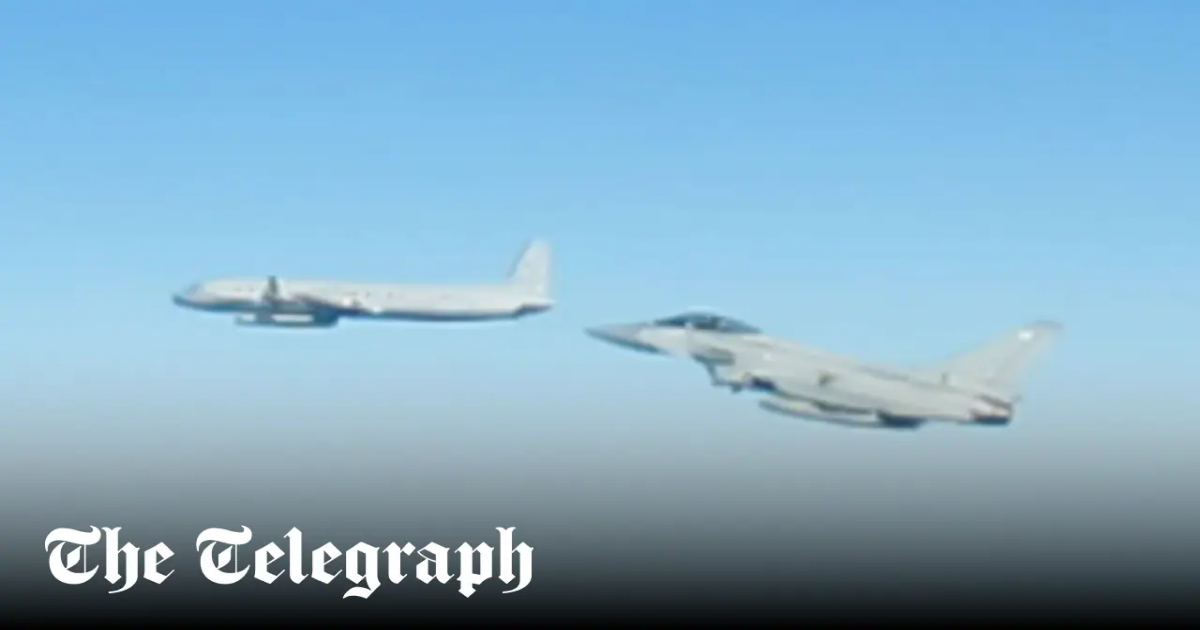Russia has become increasingly aggressive in its probing of Nato countries’ air defences since its invasion of Ukraine began three years ago.
Two jets from Lossiemouth had to be scrambled in November to intercept a Russian bomber over the North Sea that was approaching UK airspace.
Then in February, the Norwegian air force sent up F-35 jets to intercept two Kremlin bombers and their fighter escorts in the Arctic Circle.
European nations are scrambling to bolster their own air defence after Mr Trump signalled a weakening of US military support for the continent.
The latest Russian incursions come with the White House and the Kremlin still locked in talks over a potential ceasefire and Ukraine peace deal.
Mr Trump said earlier this week that he was considering pulling out of the negotiations, suggesting that he was losing patience with Moscow’s approach.
Last month, Putin rejected a US proposed ceasefire, which was accepted by Kyiv, and has since then continued to bomb Ukrainian civilians.
On Saturday, Putin announced that he had ordered Russian troops to respect a 30-hour pause in the fighting in Ukraine, dubbed an “Easter truce”.
Britain and other European and Western nations have formed a “coalition of the willing” to station peacekeepers to Ukraine should a deal be struck.
Under the agreement troops from the UK and fellow allies would be stationed in Ukraine to deter Russia from attempting to re-invade the country.
Sir Keir Starmer, the Prime Minister, is trying to persuade the US to provide a “backstop” to the plan, meaning that it would intervene in the event of a further Russian attack.


